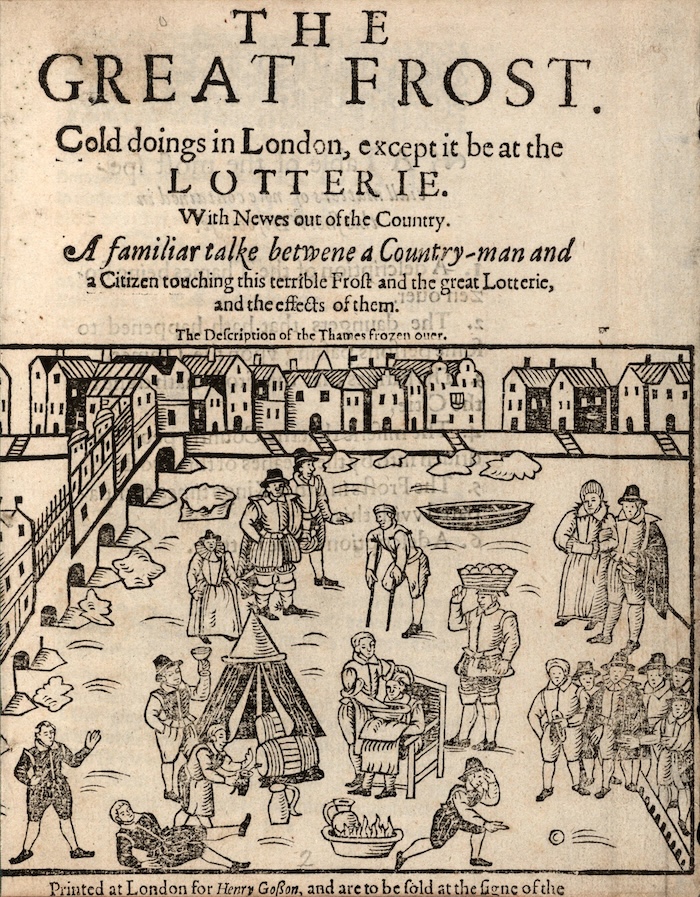The article discusses the context in which Johann Arndt published his influential yet unorthodox work on true Christianity in 1610 amidst environmental turmoil marked by harsh winters and darkened skies in the northern hemisphere. Arndt’s writings offered a unique interpretation of climate change, heavily influenced by the alchemical philosophy of Paracelsus, presenting a view where God’s presence is felt in creation, contrasting with the orthodox Lutheran belief that focused solely on biblical revelation.
The 17th century was recognized as a time of significant climate change, linked to the Little Ice Age and compounded by volcanic activity that darkened the sun, affecting agriculture and instigating religious interpretations of these phenomena. Arndt argued that these environmental changes were reflections of human moral failings, providing explanations that mainstream Lutheran doctrine did not address. His ecological vision suggested a profound interrelationship between humanity and the universe, where both suffer due to moral transgressions.
While other interpretations led to scapegoating and violence, such as witch hunts, Arndt’s writings advanced a more compassionate understanding of the shared suffering of nature and humanity. His work reflected early modern Protestant attempts to grasp the implications of their changing environment through a spiritual lens, reshaping the religious perspective on nature in Europe.
Source link


